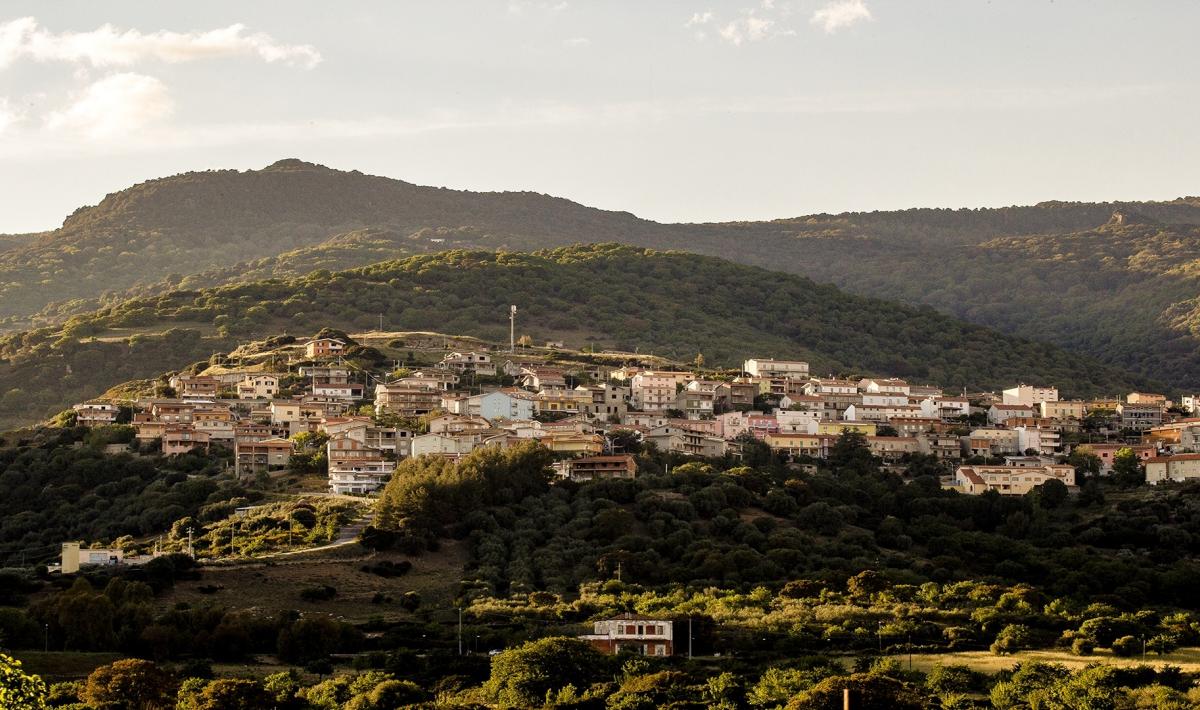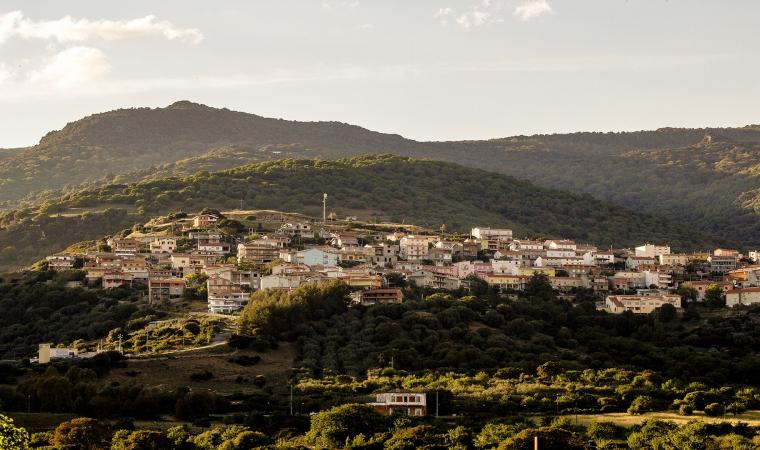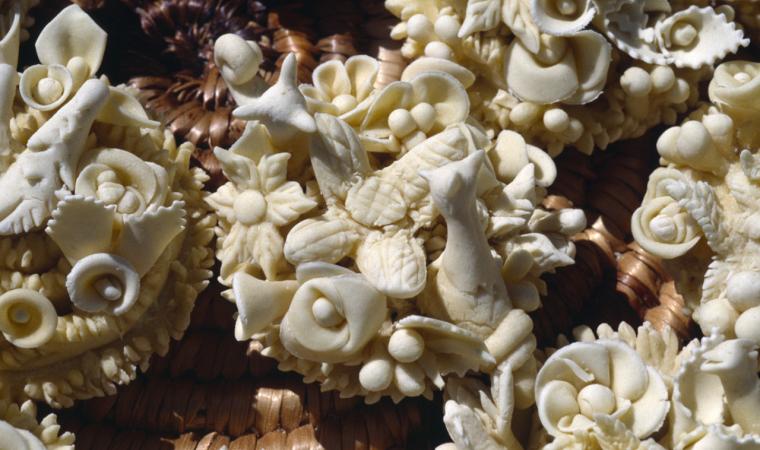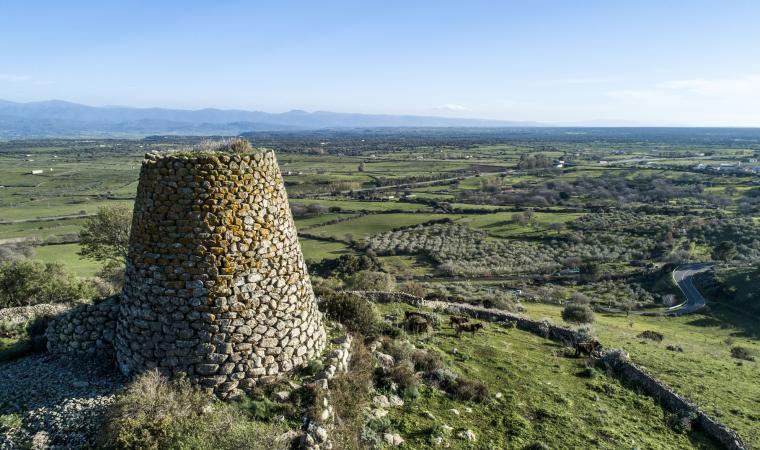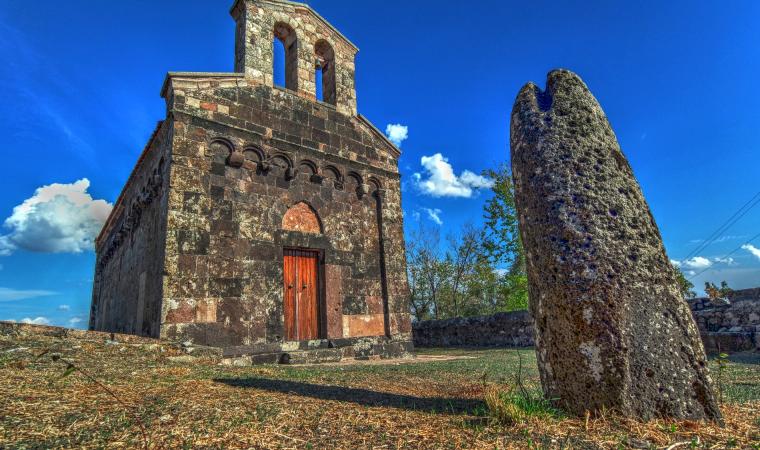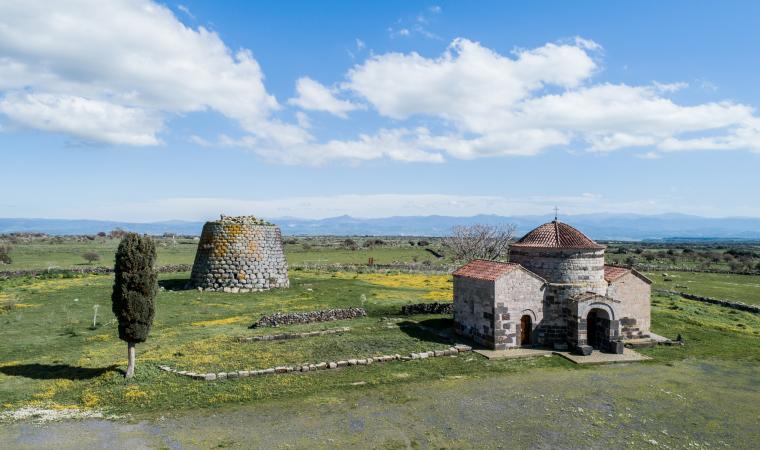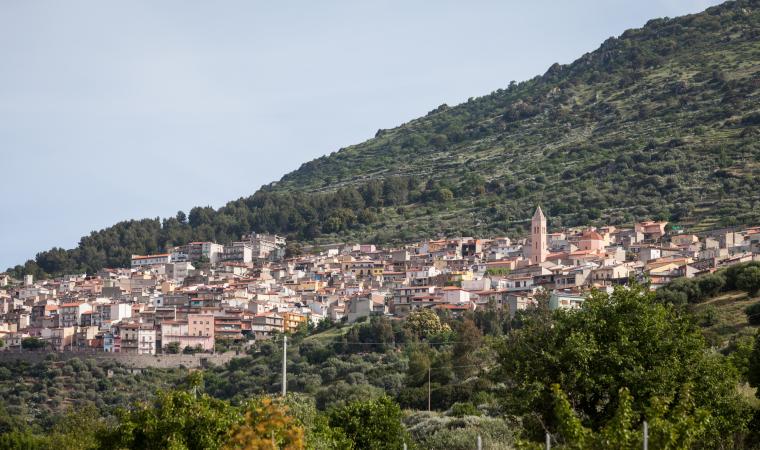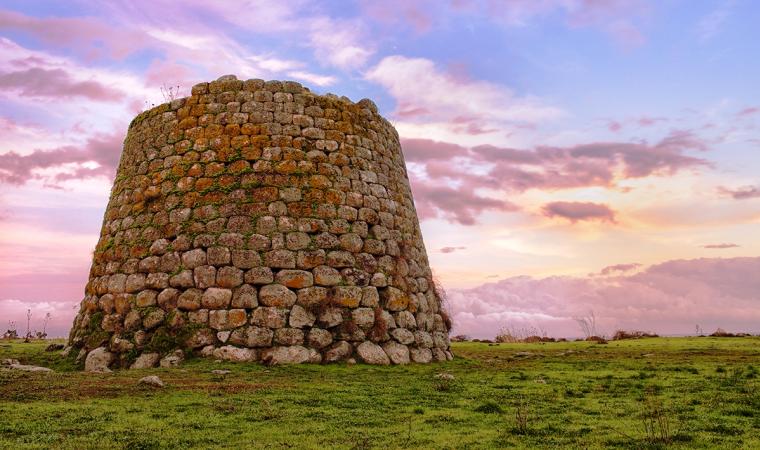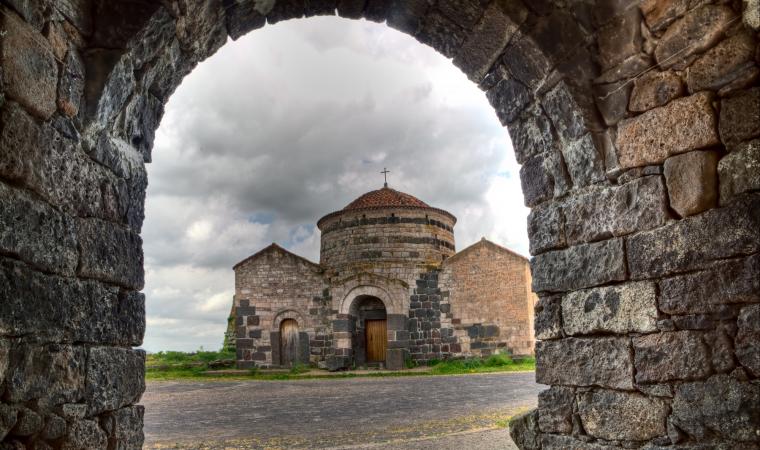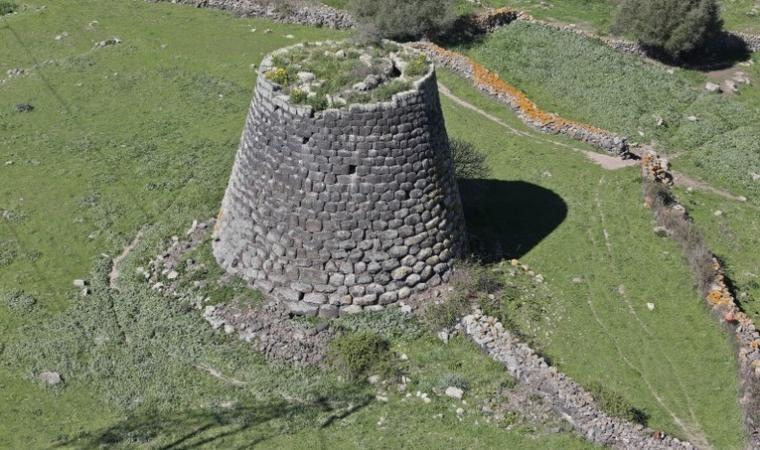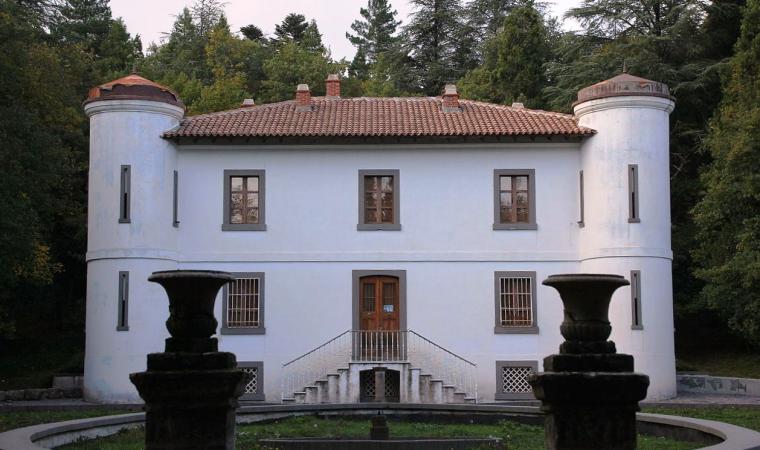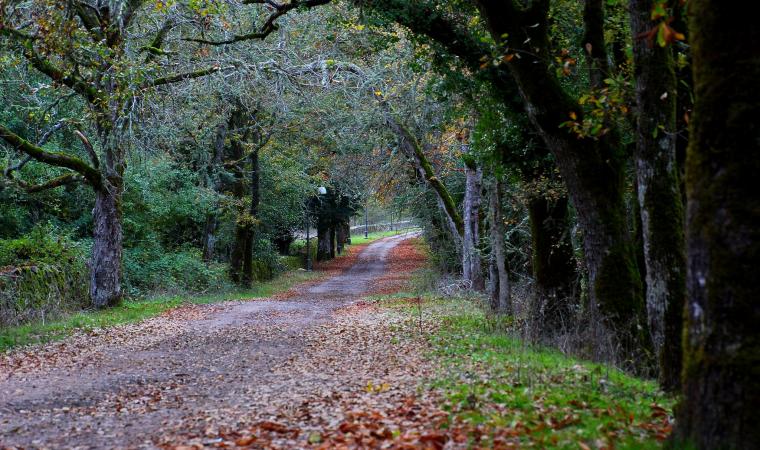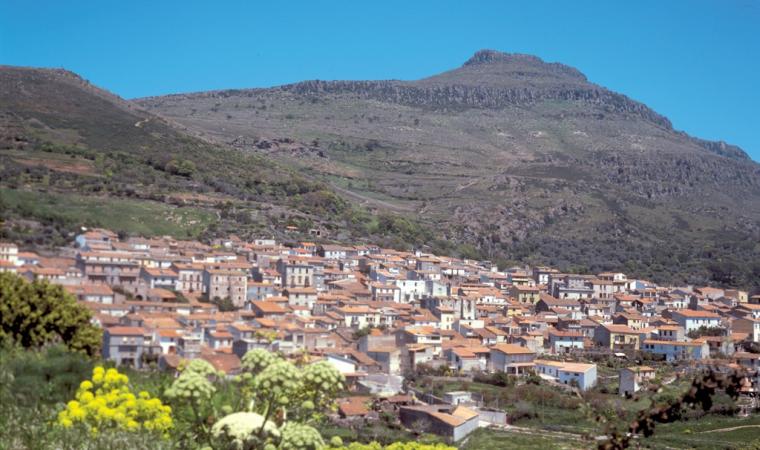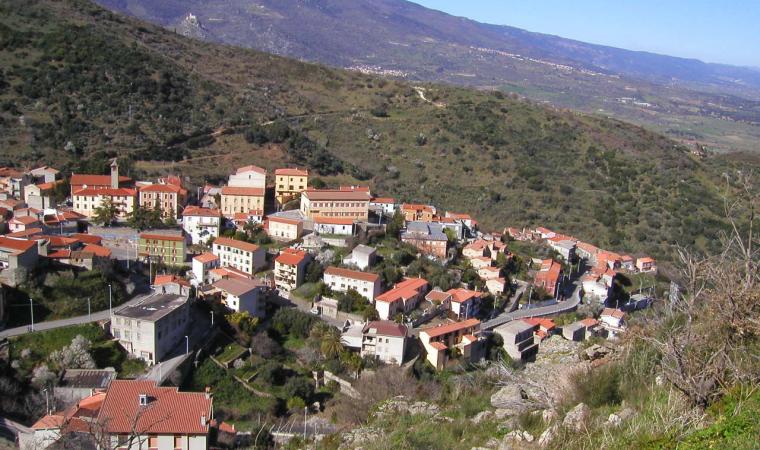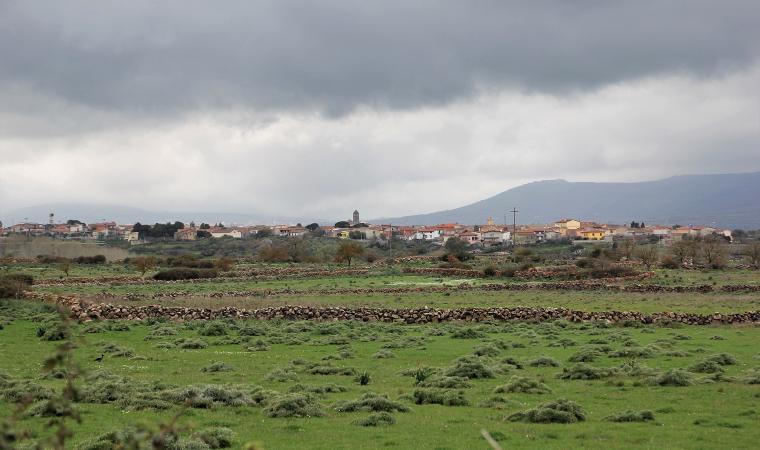Framed by the Marghine mountain range, with summits that surpass a thousand metres, it sits perched on a hill 500 metres high in a rough terrain bathed by rivers and streams and graced with woods of chestnut, ancient oak and yew trees. First mentioned in official documents of the condaghe of Santa Maria di Bonarcado (XI century) as Lee, this small town of some 600 inhabitants in the Province of Nuoro is a member of borghi autentici d’Italia (Italy’s Authentic Villages). What makes it so special are the amazing views, Primaghe and Nidu e Corbu, summits where majestic birds of prey nest, Baita and the Zuncos park with its network of hiking trails through pristine nature, its remarkable prehistoric monuments and its ties to heartfelt traditions.
Fertility and the lush vegetation of the area contribute to its economic wellbeing: legumes, flax, cannabis, fruit trees, vineyards and olive groves from which fine oil is made. The town is also known for its artisanal textiles, especially for carpet weaving and work with wool. It’s famous for its baked goods (pirichittos, pabassinas, sebadas, sospiros and casalinas), bread (carasau and zicchi), for its cheese, its meats and its cured meats. During the mid-May celebrations in honour of Sant’Isodoro and the 24-25 April celebrations for San Marco the Evangelist you can savour cogones de santu Marcu bread, and walk along with the procession to the rural sanctuary.
Not far out of town, nestled in the countryside, are a variety of remains dating to settlements from the Neolithic Age: two domus de Janas, six nuraghe and three Giant tombs. In the XIX century, in a Nuragic votive niche, they found bronze fragments of axes, daggers, lances, knives, other weapons and statuettes. More recently, in Tanchitta, two bronze lance heads and dagger tips were found along with a grinder and a coin from the time of Emperor Trajan. In Beraniles a Punic era bronze bracelet (now on display at the G.A. Sanna Museum in Sassari) was found, while in Calafrighedu they found bits of Roman jugs. A variety of items and ceramics from the Middle Ages were found near the Church of San Michele Arcangelo (from the XIII century), originally a country church but now in the centre of town. The small single nave church has a two-fold roof, a pointed arched door with two-colour decorations and, on the right, a bell gable.

